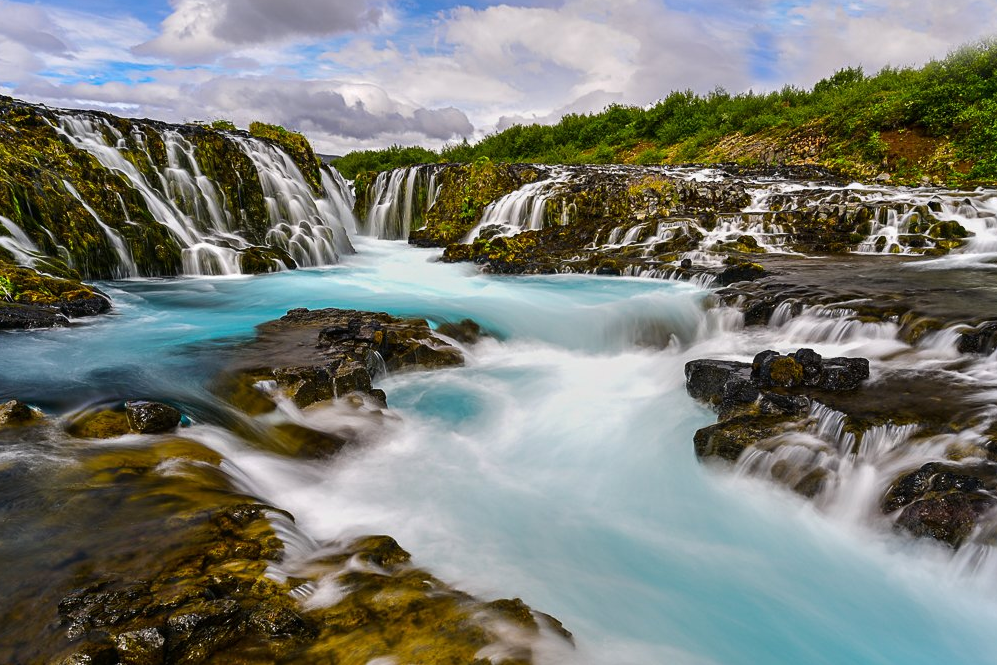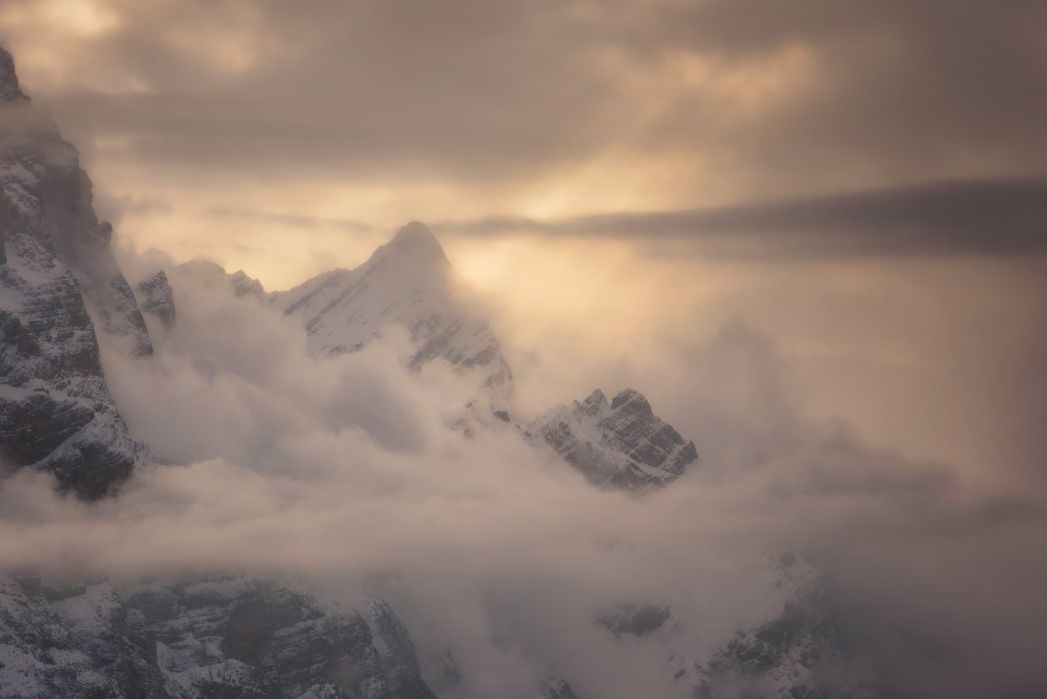For beginners, acing a couple of fundamental camera settings can offer giant steps towards change. Opening is one of the best and apparently the foremost basic camera settings to get it in scene photography, right ahead of screen speed and ISO. Essentially put, it is the hole inside the camera’s lens. That gap opens to permit light to enter and travel to the camera’s sensor. The measure of the hole changes in diameter to let it more or less light. Controlling the sum of light encompasses a direct impact on the photo’s depth of field (DOF). The depth of field is the remove around the focus point that’s sharp and in focus. This is the complete reason that opening plays such a basic part in composition and making an picture. It could be a major control component to decide what will or will not be in center in a photo.

Aperture Overview
As a quick aperture overview, the estimate aperture’s opening is known as a f-number. The f-number is the proportion of the focal length to the successful opening distance across. A camera lens regularly encompasses a set of marked “f-stops” where the photographer can select the f-number. In this way, it is very common for photographers to utilize f-number and f-stop traded. These f-numbers are the scientific comes about of multiplying light or diminishing light by half. Each alter between the standardized f-numbers speaks to a alter of one halt of light. Since the calculations are utilizing square roots and powers, the f-numbers are counter intuitive to the estimate of the opening within the camera’s lens.
For occurrence, the opening gets to be littler when moving from f/4 to f/5.6. It is lessening the light entering the camera by half. Similarly, the opening gets to be bigger when moving from f/8 to f/5.6. It is expanding the light entering the camera by multiplying it. If that’s troublesome to keep in mind, a trap is to supplant the f with the number one and audit the divisions. By utilizing divisions, it is simpler to see which aperture opening is smaller. In comparing f/4 and f/18, 1/4 is bigger than 1/18. Subsequently f/4 could be a bigger opening and lets in more light than f/18.

Opening-Up Versus Stopping-Down
A low f-number (e.g f/2.8) means a huge aperture or wide opening. When the aperture is wide, at that point the depth of field is shallow. There’s not much around the real plane of center which will be in center. Photographers utilize the phrasing of “shooting wide” or “opening-up” to cruel employing a littler f-number. Opening-up will let more light enter the camera.


On the other hand, a high f-number (e.g. f/22) means a little aperture or little opening. Photographers will utilize “closing-down” or “stopping-down” to mean employing a little opening. When the opening is little, meaning closed-down with a bigger f-number, at that point the depth of field is long. This implies that a part of the remove around the center point is sharp or much of the photo is in focus. Stopping-down will let in less light.
Advice on Aperture Settings
Whereas it may be enticing to utilize the littlest aperture conceivable, such as f/22, to induce the largest depth of field that isn’t regularly fitting. The same is genuine for utilizing the biggest opening to play down the profundity of field. Camera lenses, indeed beat of the line, professional review lenses don’t produce their best results when utilized at their greatest and least apertures limits. In other words, the images will not be as sharp as they can be within the zone in focus.
Each lens encompasses a sweet spot so it may be f/4 for one lens and f/11 for another. The common string among all lenses is that they tend perform way better in terms of sharpness if you avoid the extremes of the gap alternatives. To be clear, I have shot at f/2.8 and f/22. However, I as it were do so when conditions require me to do so. Indeed moving absent from the extremes by one stop can make a huge distinction within the photo’s sharpness.

Getting Started with Setting the Camera’s Aperture
To recap, the size of the aperture incorporates a huge affect on the photograph because it helps decide how much or how small of the picture will be in center. To begin experimenting with different opening settings, set your camera to gap need mode as well as single point focus mode.
Opening need mode, regularly labeled as A or AV, could be a semi-automatic shooting mode which enables you to choose the required aperture and the camera will set the shutter speed for a legitimate presentation. In expansion, guarantee that auto-ISO is turned off for experimentation, or in common. Having the ISO stay steady will help pick up a superior understanding around the alter in light entering the lens as well as the alter within the profundity of field beneath distinctive gap settings.
In expansion to the camera mode, guarantee the autofocus mode is set to single point focus. Single point center permits you to choose the point of the picture to focus. This will guarantee that the focus point will be precisely as you want whereas you play with distinctive opening settings in scene photography.
From endless affected scenes to hint shots of nature’s details, having control over the aperture setting will grant the imaginative flexibility to capture really special pictures. To construct upon the establishment of aperture and profundity of center.
